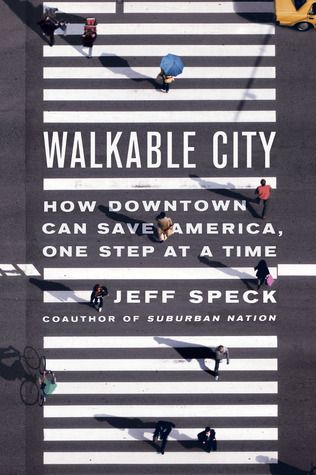Snippets about: Design
Scroll left and right !
Designing for the Female Body
To create products that work for women, designers need to:
- Collect and use anthropometric data on women's bodies, not just men's
- Conduct user testing with diverse groups of women to identify pain points and preferences
- Include women in the design process, from research to prototyping to marketing
- Challenge assumptions about what is "gender-neutral" and actively design for women's needs
- Provide a range of sizes and fits to accommodate the diversity of women's bodies
- Avoid gendered stereotypes and focus on functionality over aesthetics
- Continually gather feedback and iterate to improve the user experience for women
Section: 3, Chapter: 8
Book: Invisible Women
Author: Caroline Criado Perez
Shape The Spaces: Enclosure Is Key To Comfortable Walking
Speck argues that humans have an innate need for enclosure and defined edges to feel comfortable as pedestrians. While people enjoy open spaces, they also require a sense of refuge that street walls and the close presence of buildings provide.
The author cites evolutionary psychology to explain how prospect (ability to see prey/predators) and refuge (feeling protected) are both essential. Large spaces like parking lots and wide streets are detrimental to creating a sense of enclosure that entices walking.
Section: 2, Chapter: 7
Book: Walkable City
Author: Jeff Speck
Manufacturing The Impossible
The original iMac design was literally unmakeable. Jony Ive's translucent egg-shaped computer featured horizontal grooves that ran perpendicular to the plastic injection molding process—making it impossible to remove from the mold.
When the first engineering team couldn't solve it, Jobs brought in outside consultants. Their verdict: 'You don't have a quality product.' The crisis forced a complete design reset, weeding out engineers who wouldn't attempt the impossible and establishing a new culture where saying 'no' to Industrial Design required exhaustive experimentation to prove something truly couldn't be done.
Section: 2, Chapter: 5
Book: Apple in China
Author: Patrick McGee
Figural Space Vs. Figural Object - Buildings Should Shape Public Realm
Speck outlines two competing paradigms in urban design and architecture:
- Figural space - buildings shape the public realm and streets, sometimes at the expense of the building form. Focus is on creating defined, walkable spaces.
- Figural object - buildings are sculptural objects floating in undefined space. Creates poor pedestrian realm as remnant space is unpleasant.
The author argues that figural space must take precedence to create walkable cities, but many starchitects prioritize figural objects, leading to poor urbanism.
Section: 2, Chapter: 7
Book: Walkable City
Author: Jeff Speck
The Gender Data Gap in Smartphone Design
Smartphones are getting ever larger, with the average screen size ballooning from 3.2 inches in 2010 to over 5.5 inches today. The average woman's hand is an inch smaller in width than the average man's, so large phones are harder for women to hold and use comfortably.
Women's pockets are on average 48% shorter and 6.5% narrower than men's, so large phones don't fit well in women's pockets, making them easier to drop and break. Women are more likely to suffer from repetitive strain injuries in their hands and wrists, which can be exacerbated by overextending to reach all parts of a large screen
Some features like facial recognition work less well for women, as the algorithms are often trained on mostly male faces
Despite being half the smartphone market, women's needs are rarely centred in phone design.
Section: 3, Chapter: 8
Book: Invisible Women
Author: Caroline Criado Perez
The Pitfalls of "Pink It and Shrink It" Design
Too often, designers take a "one-size-fits-men" approach, creating products around the male body and then simply "pinking and shrinking" them for women as an afterthought. But this approach fails women:
- Women have different body proportions, center of gravity and grip strength than men, so products designed for male bodies can be uncomfortable, ineffective or even dangerous for women
- Women's menstrual, reproductive and menopausal health needs are routinely ignored in product design, from the lack of period trackers in early smartwatches to the dearth of research on how drugs affect women
- Products for women are often just men's products made smaller and cuter, without accounting for women's actual needs and preferences
- The lack of women in design roles means their perspectives are missing in the design process, resulting in male-biased products G
Section: 3, Chapter: 8
Book: Invisible Women
Author: Caroline Criado Perez



